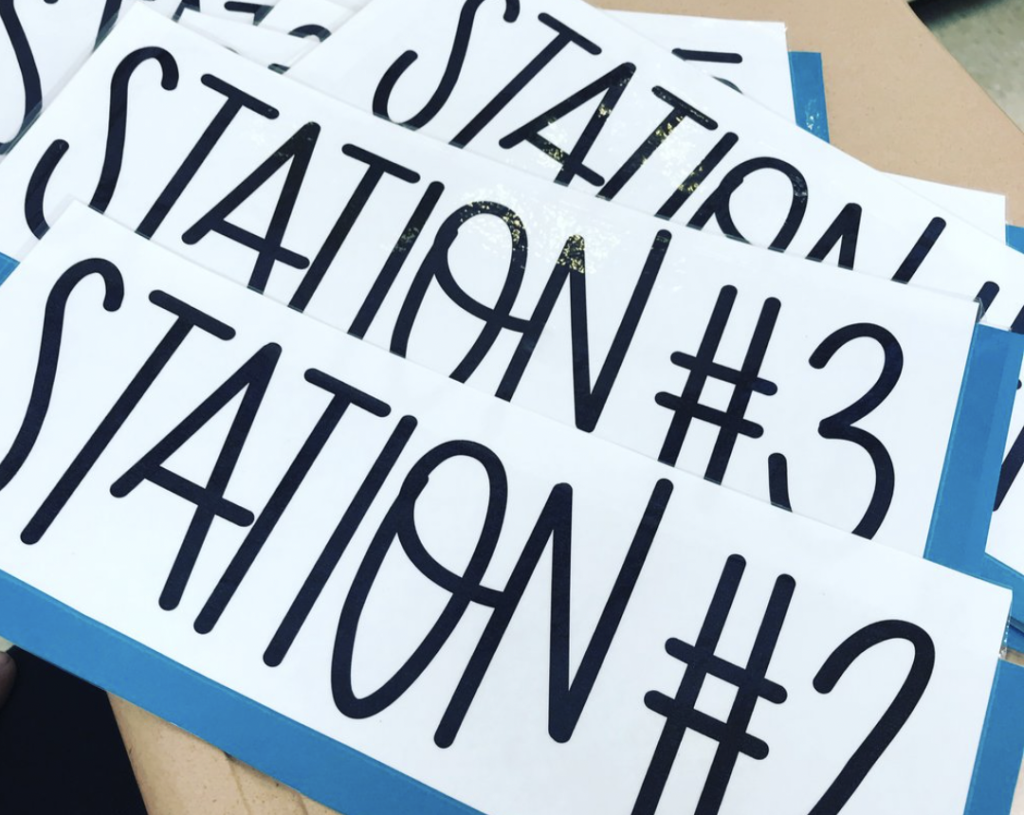What are the learning stations?
Learning stations are an active methodology that consists of working on a didactic unit, a content or part of a content with different activities. In other words: dividing it into different parts so that students can work on them individually or in groups. It is a learning circuit in which they learn and internalise different but related contents.
Learning stations arise as a response to the students’ need to make decisions and feel free in the realisation of learning. The theory of multiple intelligences Gardner (1998) argues that human life requires the development of various types of intelligence, understood as the “ability to solve problems or produce valuable goods”.
At these stations, students are given the opportunity to shine and give free rein to their creativity and imagination, as well as the chance to shine, feel important and reinforce their self-esteem through motivating activities.

How to apply this methodology in class?
At an individual level: if we work with small groups, we can afford to work on certain aspects individually.
At a group level: this favours cooperative learning. Moreover, we can combine the groups, thus favouring group cohesion and a climate of trust that favours learning.
When it comes to applying it in class, we have several options that can be useful, whether we work individually or in groups.
The first option is to use this form of learning to analyse our students’ prior knowledge of a unit. We present different contents in the different learning stations, so that we can obtain information about the level of each one of them.
The second option we propose to apply this methodology is as a form of evaluation. It can be carried out in the same way as in the previous section but this time as a substitute for a traditional exam. Applying it in this way tends to reduce the stress levels of students.
As a review method before a test. It allows us to obtain information about the aspects that have not been well understood and that must be reviewed before the exam.
Finally, as a way of reinforcing the contents that have been presented in a class, so that we can check if everything given that day has been properly understood or if there are any doubts that have not been resolved.
Case study of a learning station to use in class
To understand it better we give you an example that you can use in class: imagine that we are working on animals in an English class for primary school students. During one session, we will organise 4 groups in class and 4 different learning stations:
- The first one is going to be for vocabulary, for example jungle animals.
- The next station will be for grammar, where we can work on verbs of movement, the sounds animals make, or the activities they do.
- A third one for speaking, where students can, for example, explain their own experiences with these animals,
- the latter can be used to put digital competence into practice. A digital game on tablets, etc.
Each of the groups will develop one of the stations for a limited time. For example: group 1 will go to the vocabulary task, group 2 to the grammar task, and so on. When the set time is up, the groups will move to a different station from the one they have been at, rotating in this way so that all areas can be worked on.

Key benefits of learning stations
Observation and individualisation. These activities allow teachers to observe learning processes, reactions, relationships between students and their strengths and weaknesses, thinking of tools or resources to guide their learning and help them to achieve the proposed objectives.
Cooperation. Encourages cooperation between students, learning and helping each other. At each station there is a group that, although they are doing an individual task, must help each other and try to get everyone to complete the proposed task.
Working on different contents or skills. Working by stations gives us the possibility of developing different contents and competences in the same session, focusing our attention on one at a time.
Flexibility. The stations make the teaching and learning process extremely flexible. The fact that they have different proposals at the stations (or that they make their own), that they decide when to change and what to dedicate each part of the school day to, makes learning at open-circuit learning stations completely flexible.
Increases motivation. The possibility to choose, to change, to rest, to continue and to feel responsible for learning and for what they do, greatly increases the desire and motivation to face learning.






